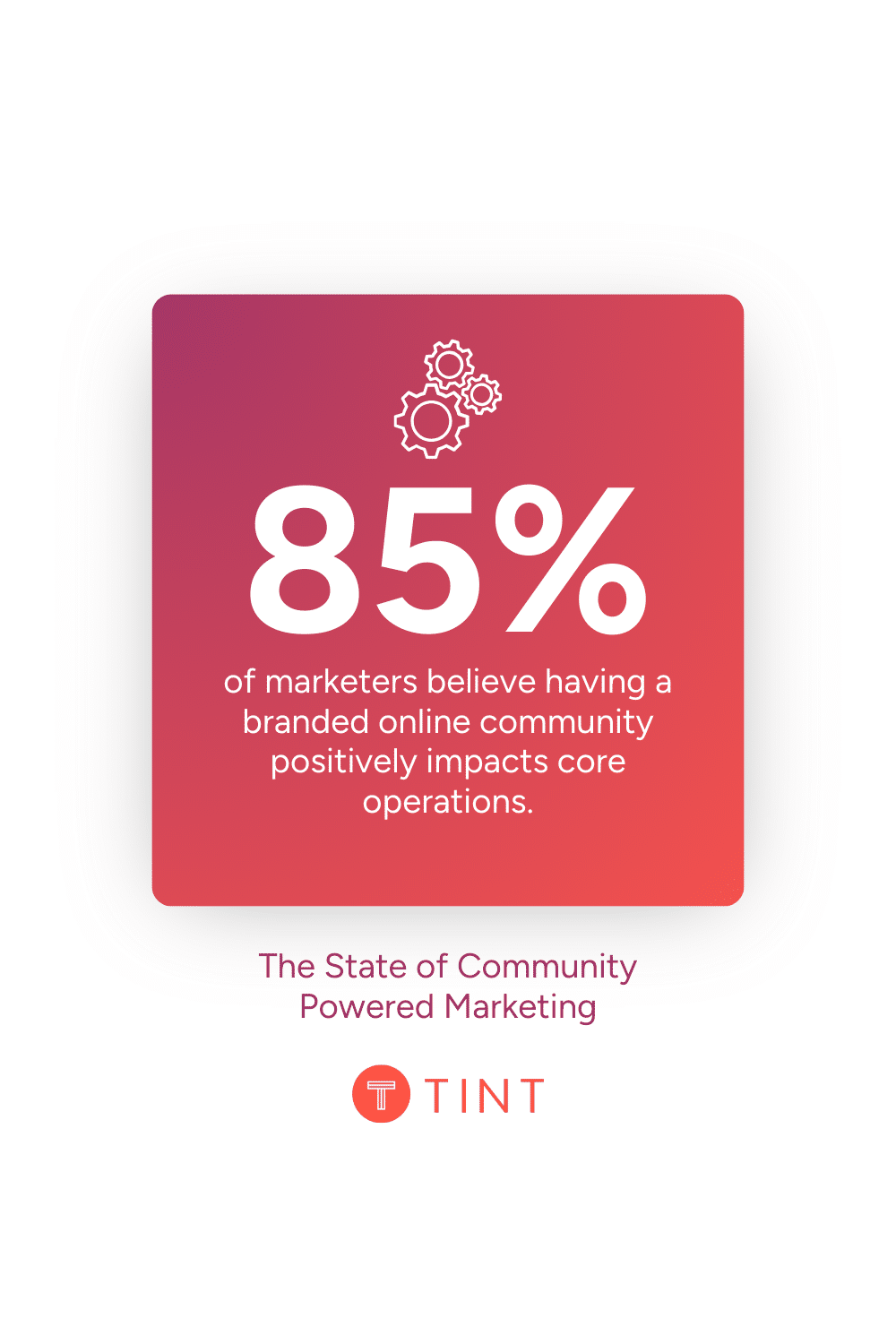The State of Community Powered Marketing 2024

For years we’ve tracked and predicted the future of marketing, releasing our findings in our annual “state of” reports. What began as the State of User-Generated Content, evolved into the State of Social & UGC. As consumers today demand deeper, direct relationships with the brands they love, we arrive at the State of Community Powered Marketing.
Now is a distinctive era where the community you foster as a brand shapes your identity in the marketplace, defining not just what you sell but the very essence of who you are as a brand.
This year, our report helps you uncover key findings from leading marketers around the globe while cross-referencing community, loyalty, and UGC marketing stats & themes with consumer trends and expectations.
Discover how your brand strategy stacks up against top trends — and learn from other leaders.
Download TINT’s 2024 State of Community Powered Marketing
What is a Brand Community Anyway?
The advent of online communities has forever changed how we create connections and a sense of belonging. For marketers, the community surrounding your brand is how you create lasting success. And success is getting harder to come by.
When it comes to your brand and your customers, what really constitutes your community?
Is your following on a third-party social media platform your community? Is a website, app, or rewards program your community? Does the occasional post about your brand by someone make them a part of your community?
“Community” was named the big idea in 2020’s marketing by McKinsey. And no wonder: people are seeking community and are actively searching for it. In fact, web searches for “community” have increased by 24% in 2 years*, and 40% of consumers indicate their involvement in online communities will increase in 2024.
But consumers may struggle to find the authentic connections they’re seeking. Seventy-eight percent (78%) of consumers say the term “community” is being overused by brands that don’t deliver a true community experience. Consumers are growing weary of it being used as a buzzword, and brands that get community right will be at a considerable advantage in the future.

